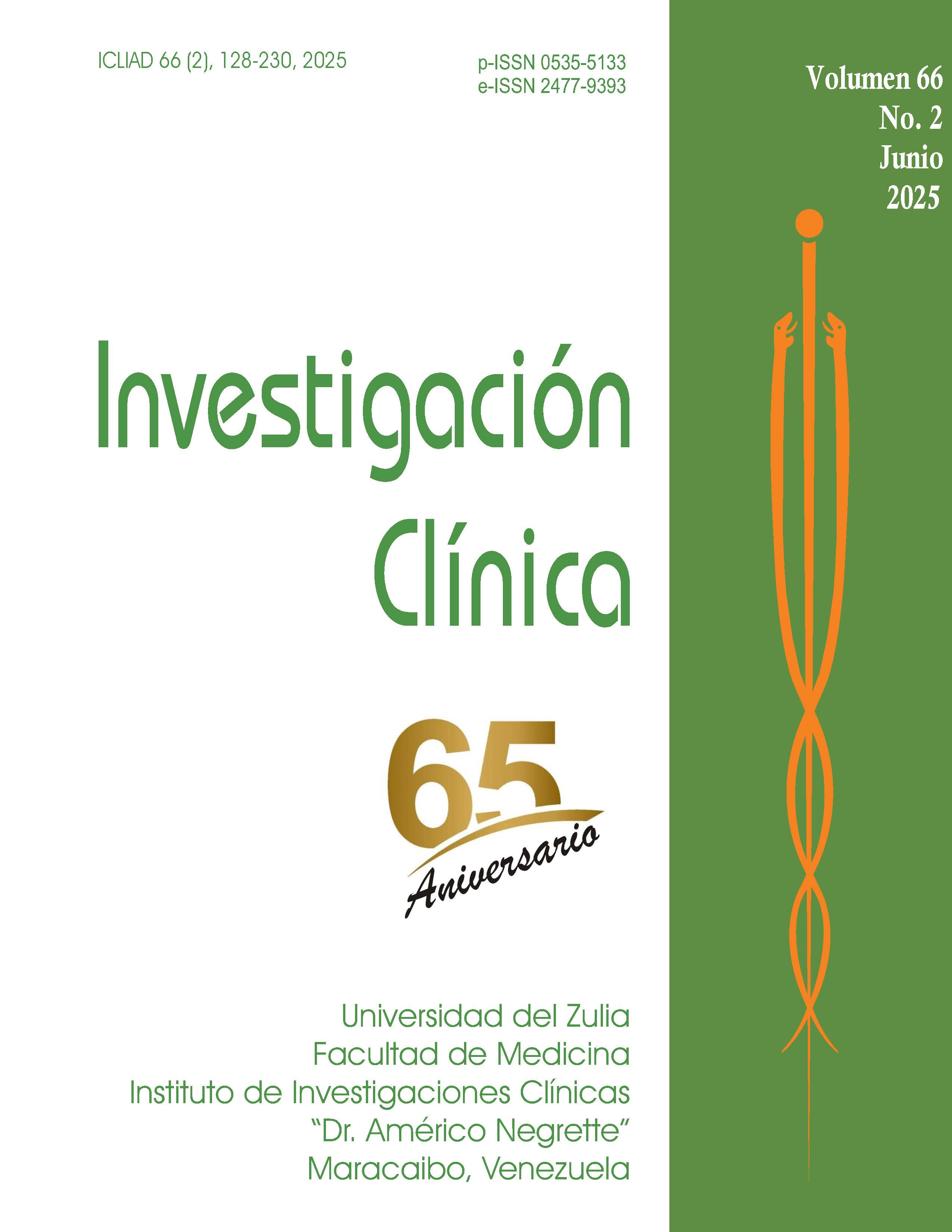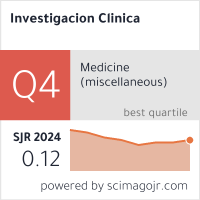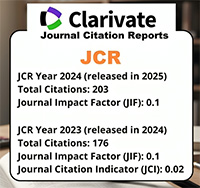Lycopene regulates the formation of calcium oxalate kidney stones by modulating reactive oxygen species(ROS) and NF-κB pathways.
El licopeno regula la formación de cálculos renales de oxalato cálcico modulando las vías de especies reactivas de oxígeno (ROS) y NF-κB.
Abstract
This study aims to determine whether lycopene can reduce oxidative stress and inflammatory damage in HK-2 cell cultures induced by calcium oxalate crystallization through the modulation of reactive oxygen species (ROS) and the NF-κB signalling pathway. Cell cultures were divided into four groups: The control group, the Model group (COM + oxalic acid), and two Lycopene intervention groups (COM + oxalic acid + 5/10 μmol/L lycopene). After 24 hours of culture, viability, LDH, oxidative and anti-oxidative parameters, mitochondrial membrane potential, MCP-1, IL -6, apoptosis and related proteins, and activation and expression of NF-κB were determined by adequate methods. When compared to the control group, the model group exhibited decreased cell activity (p<0.001) and GSH and SOD antioxidant capacity (p<0.05), along-side a significant rise in LDH, MDA, and the release of inflammatory mediators MCP-1 and IL -6 (p<0.05). The levels of protein expression for NF-κB, OPN, Bax, Cyt C, and active Caspase-3 were increased (p<0.05), whereas Bcl-2 protein expression significantly diminished (p<0.05). The mitochondrial membrane potential decreased. Lycopene intervention reduced the damage to HK-2 cells (p<0.05), accompanied by decreased levels of LDH, MDA, and inflammatory factors MCP-1 and IL -6 (p<0.05), and increased GSH and SOD antioxidant capacity (p<0.05). The mitochondrial membrane potential was observed to increase. No significant changes were observed in the expression of NF-κB. The expressions of OPN, Bax, Cyt C, and Caspase-3 decreased (p<0.05), whereas the level of Bcl-2 protein expression increased. In conclusion, lycopene decreas- es cellular damage by inhibiting lipid peroxidation induced by calcium oxalate crystals and oxalate, enhancing intracellular antioxidant enzyme activity, modulating ROS and NF-κB inflammatory pathways, improving mitochondrial integrity, and exerting anti-inflammatory effects through the inhibition of the mitochondrial-mediated Bax/Caspase-3 signalling pathway.
Downloads
References
Qin B, Wang Q, Lu Y, Li C, Hu H, Zhang J, et al. Losartan ameliorates calcium oxalate-induced elevation of stone-related proteins in renal tubular cells by inhibiting NADPH oxidase and oxidative stress. Oxid Med Cell Longev. 2018;2018:1271864. https://doi.org/10.1155/2018/1271864.
Kang J, Sun Y, Deng Y, Liu Q, Li D, Liu Y, et al. Autophagy-endoplasmic reticulum stress inhibition mechanism of superoxide dismutase in the formation of calcium oxalate kidney stones. Biomed Pharmacother. 2020;121:109649. https://doi.org/10.1016/j.biopha.2019.109649.
Khan SR. Reactive oxygen species as the molecular modulators of calcium oxalate kidney stone formation: evidence from clinical and experimental investigations. J Urol. 2013;189:803-11. https://doi.org/10.1016/j.juro.2012.05.078.
Liu CB, Wang R, Yi YF, Gao Z, Chen YZ. Lycopene mitigates β-amyloid induced inflammatory response and inhibits NF-κB signaling at the choroid plexus in early stages of Alzheimer’s disease rats. J Nutr Biochem. 2018;53:66-71. https://doi.org/10.1016/j.jnutbio.2017.10.014.
Caseiro M AA, Costa A, Creagh-Flynn J, Johnson M, Simões S. Lycopene in human health. LWT. 2020;127. https://doi.org/10.1016/j.lwt.2020.109323.
Zhao Q, Yang F, Meng L, Chen D, Wang M, Lu X, et al. Lycopene attenuates chronic prostatitis/chronic pelvic pain syndrome by inhibiting oxidative stress and inflammation via the interaction of NF-κB, MAPKs, and Nrf2 signaling path-ways in rats. Andrology. 2020;8:747-755. https://doi.org/10.1111/andr.12747.
Sixing Y ZY. Reconsiderations of several key issues in the treatment of urolithiasis. Chinese J of Urol. 2018;9. https://doi.org/10.3760/cma.j.issn.1000-6702.2018.09.002.
Thongboonkerd V. Proteomics of crystal-cell interactions: a model for kidney stone research. Cells. 2019;8. https://doi.org/10.3390/cells8091076.
Liu Q, Liu Y, Guan X, Wu J, He Z, Kang J, et al. Effect of M2 macrophages on injury and apoptosis of renal tubular epithelial cells induced by calcium oxalate crystals. Kidney Blood Press Res. 2019;44:777-791. https://doi.org/10.1159/000501558.
Mulay SR, Kulkarni OP, Rupanagudi KV, Migliorini A, Darisipudi MN, Vilaysane A, et al. Calcium oxalate crystals induce renal inflammation by NLRP3-mediated IL - 1β secretion. J Clin Invest. 2013;123:236- 246. https://doi.org/10.1172/jci63679.
Zabłocka A, Janusz M. [The two faces of reactive oxygen species]. Postepy Hig Med Dosw (Online). 2008;62:118-124.
Joshi S, Khan SR. Opportunities for future therapeutic interventions for hyperoxaluria: targeting oxidative stress. Expert Opin Ther Targets. 2019;23:379-391. https://doi.org/10.1080/14728222.2019.1599359.
Umekawa T, Tsuji H, Uemura H, Khan SR. Superoxide from NADPH oxidase as second messenger for the expression of osteopontin and monocyte chemoattractant protein-1 in renal epithelial cells exposed to calcium oxalate crystals. BJU Int. 2009;104:115-120. https://doi.org/10.1111/j.1464- 410X.2009.08374.x.
Patel M, Yarlagadda V, Adedoyin O, Saini V, Assimos DG, Holmes RP, et al. Oxalate induces mitochondrial dysfunction and disrupts redox homeostasis in a human monocyte derived cell line. Redox Biol. 2018;15:207-215. https://doi.org/10.1016/j.redox.2017.12.003.
Zuo L, Tozawa K, Okada A, Yasui T, Taguchi K, Ito Y, et al. A paracrine mechanism involving renal tubular cells, adipocytes and macrophages promotes kidney stone formation in a simulated metabolic syndrome environment. J Urol. 2014;191:1906-1912. https://doi.org/10.1016/j.juro.2014.01.013.
Boonla C, Hunapathed C, Bovornpadungkitti S, Poonpirome K, Tungsanga K, Sampatanukul P, et al. Messenger RNA expression of monocyte chemoattractant protein-1 and interleukin-6 in stone-containing kidneys. BJU Int. 2008;101:1170-1177. https://doi.org/10.1111/j.1464-410 X.2008.07461.x.
Khan SR, Joshi S, Wang W, Peck AB. Regulation of macromolecular modulators of urinary stone formation by reactive oxygen species: transcriptional study in an animal model of hyperoxaluria. Am J Physiol Renal Physiol. 2014;306:F1285-1295. https://doi.org/10.1152/ajprenal.00057.2014.
Lalier L, Vallette F, Manon S. Bcl-2 family members and the mitochondrial import machineries: The roads to death. Biomolecules. 2022;12. https://doi.org/10.3390/biom12020162.
Hu L, Chen M, Chen X, Zhao C, Fang Z, Wang H, et al. Chemotherapy induced pyroptosis is mediated by BAK/BAX-caspase 3-GSDME pathway and inhibited by 2-bro mopalmitate. Cell Death Dis. 2020;11:281. https://doi.org/10.1038/s41419-020-2476-2.
Khan SR. Reactive oxygen species, inflammation and calcium oxalate nephrolithiasis. Transl Androl Urol. 2014;3:256-276. https://doi.org/10.3978/j.issn.2223-4683.2014.06.04





















